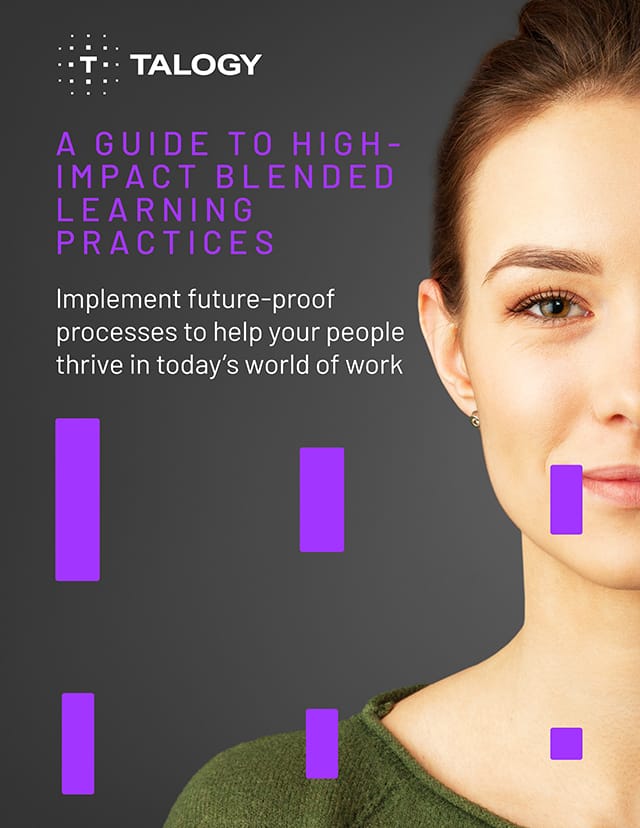Written by Monica Elcott, Principal Consultant, Assessment Solutions
If your organization is feeling the effects of budget cuts amidst an impending recession or otherwise tight economy, you may be brainstorming ways to ensure your team has the talent needed to perform effectively. When additional headcount is not an option, your employees may be suffering from burnout and lack of motivation.
It is widely known that upskilling your current workforce is less costly than hiring and training a new employee. When employees are invested in by their employer, they feel valued which leads to a greater sense of motivation and engagement and lower rates of turnover. Additionally, rapid rates of technological advancement and automation, exacerbated by the Covid-19 pandemic, require employees to advance their skills more than ever before. Below are a few cost-effective strategies for upskilling your employees.
- Ask your employees. Survey employees about their skills and goals to better understand their unique needs. Employees are usually aware of their individual skills gaps that are preventing them from reaching their highest potential. Ask about their career goals and what motivates them in order to map out an individualized development plan for each of them.
- Determine long-term needs and assess skills gap. In consideration of your organization and team’s long-term goals, assess talent needs to determine areas that are lacking experience and knowledge.
- Develop career road maps. Lay out potential career paths that are in alignment with your team’s structure and needs. If the need arises, be flexible and chart out new paths that are balanced with employee needs, experiences, and career objectives.
- Facilitate mentorship relationships. Create a mentorship program where seasoned employees with skills in specific areas can be paired with less-experienced employees who are looking to develop those skills. Encourage knowledge sharing and collaboration with mentorship as the vehicle.
- Help your employees keep track of their learning progress. Help employees monitor their own progress in building skills as a motivational strategy. Using a virtual learning platform that provides applicable modules and tracks milestones achieved can be a helpful tool to make that tracking as easy as possible. Where the achievement of learning objectives is not immediate, observing slow but steady progress can keep employees engaged and focused on the end goal.
Investment in your employees is never a bad idea, but it is particularly important when faced with economic uncertainty. Upskilling your workforce will benefit your organization for many years to come, allowing you to be more agile and better prepared whether market conditions are more stable and predictable or in a downturn.


